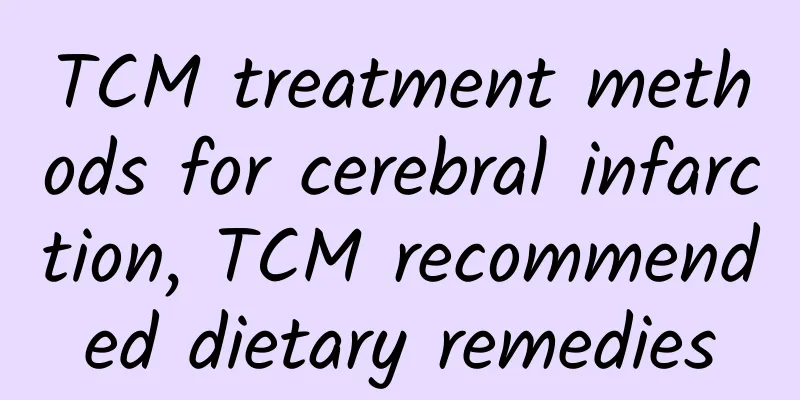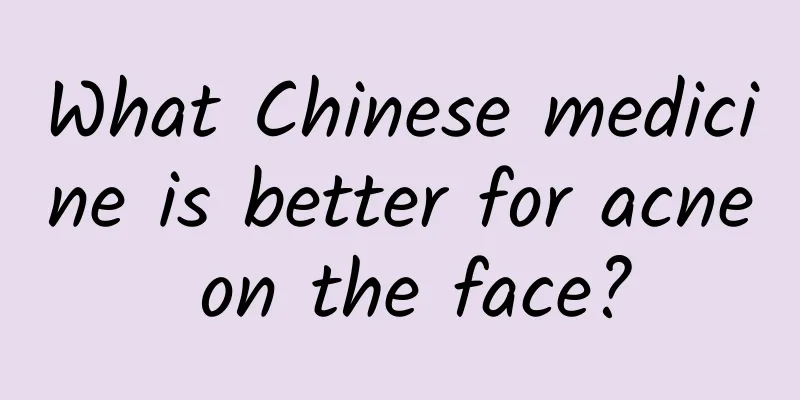Myocardial ischemia-reperfusion injury

|
The disease of myocardial ischemia-reperfusion injury is not very clear in medicine, and many medical experts are not sure which category it should be classified into. Moreover, the technical means for treating this myocardial ischemia-reperfusion injury are still not comprehensive and are under in-depth research. I also hope that everyone can have an understanding of this disease. Today I will give you a brief introduction on what myocardial ischemia-reperfusion injury is. So far, the clinical understanding of myocardial ischemia-reperfusion injury is still not very clear, and its technology is still in the research stage, which means that its prevention and treatment measures are only in the exploratory stage. As the number of patients with myocardial ischemia increases, research in this area is progressing rapidly. Let's learn about the specific information together. 1. Free radical generation reducers and hydroxyl radical scavengers Allopurinol hydroxy is an agent that reduces the generation of oxygen free radicals and is also a hydroxyl free radical scavenger. Allopurinol is a xanthine oxidase inhibitor that can inhibit the oxidation process of hypoxanthine into xanthine and xanthine into uric acid, thereby preventing the production of superoxide anions. This in turn inhibits the formation of hydroxyl radicals via the Haber-Weis reaction. 2. Mannitol Mannitol can specifically remove hydroxyl free radicals and prevent lipid peroxidation, but its effect is weak when used alone. If used in combination with superoxide dismutase (SOD) or catalase (CAT), the therapeutic effect can be significantly improved. In addition, it can improve coronary blood flow and reduce the edema of capillary endothelial cells and myocardial cells by increasing the osmotic pressure of the reperfusion fluid, thereby protecting the myocardium from ischemia-reperfusion injury. 3. Dimethyl sulfoxide (DMSO) Dimethyl sulfoxide can scavenge hydroxyl free radicals. In addition, it can inhibit platelet adhesion and aggregation induced by ADP, adrenaline or thrombin, protect the oxidative phosphorylation activity of ischemic myocardial mitochondria, and stabilize the lysosomal membrane. It also has anti-inflammatory, antibacterial and osmotic dehydration effects. 1. Oxygen free radical scavenging Superoxide dismutase (SOD) and catalase (GAT) are important enzyme systems for the body to remove oxygen free radicals. The former removes superoxide ions (Oz-) and the latter removes peroxide oxygen (Hzoz). Administration of this type of enzyme can improve the function of ischemic myocardium, reduce the production and cell release of lipid peroxides (LPO) during reperfusion, and reduce the severity of myocardial infarction. 2. Vitamin E
Among them, alpha-tocopherol has the strongest biological activity. VitF has a competitive anti-free radical effect and removes free radicals through self-oxidation. It can change from hydroquinone type to quinone type to donate electrons, and it can also accept electrons from quinone type to change into hydroquinone type. VitE, through Huchu II202, prevents oxygen free radicals from reacting with polyunsaturated fatty acids in the cell membrane and causing peroxidation, thereby protecting the structure and function of the cell membrane. It also plays a role in membrane stabilization by directly binding to membrane phospholipid molecules to form complexes or stabilizing non-ferrous proteins. It binds to mitochondria and endoplasmic reticulum membranes within cells, protecting them from lipid peroxidation damage. VitE can also reduce tissue oxygen consumption and enhance the tolerance of ischemic myocardial tissue to hypoxia. However, medicinal VirE (a-tocopherol) is an acetate oil preparation with low water solubility, which hinders its dosage and route of administration. In the case of myocardial ischemia and reperfusion, it needs to be administered intravenously. Therefore, the current preparation is not convenient for the treatment of reperfusion injury. The above content is an introduction to the prevention and treatment of myocardial ischemia-reperfusion injury. I hope that after reading this article, you will have some understanding of this disease. Although the role of oxygen free radicals in myocardial ischemia-reperfusion injury has been recognized, the corresponding drugs have not yet appeared. |
<<: Bleeding during intercourse after menstruation
>>: What to do if myocardial ischemia
Recommend
What to eat for purpura nephritis? A small recipe to cure a serious disease
Purpura nephritis is an extremely harmful disease...
What are the symptoms of ovulation day?
The ovulation day is the time when a woman ovulat...
What is the best treatment for aplastic anemia?
Aplastic anemia is a type of blood disease charac...
What to do if you have breast pain during lactation
Many mothers of newborns have a common problem, t...
Tips for numb feet
Numbness in the feet can be said to be a common s...
The disadvantages of applying Chinese medicine bags to the stomach
There is actually no major harm in applying Chine...
What are the effects and functions of Cimicifuga?
Now there are many traditional Chinese medicine c...
Scraping weight loss method, a good figure is easily scraped out
Gua Sha is a type of traditional Chinese medicine...
Why does my child's feet hurt?
Because most children are rather naughty, and the...
What causes pain in the ring toe?
Although the feet are far away from the heart, th...
Does steaming affect menstruation?
Whether sweat steaming affects women's menstr...
Short-acting contraceptive pills
China implements a family planning policy, so whe...
Can I do moxibustion on my head?
Moxibustion is actually a very common treatment m...
What are the Chinese medicine diet therapies?
There are many methods of Chinese medicine diet t...
Normal body temperature
Body temperature is mainly measured to ensure the...









